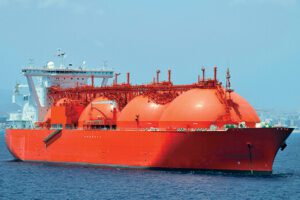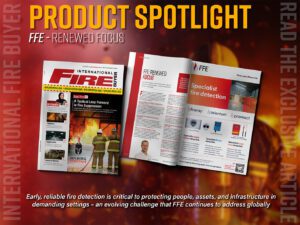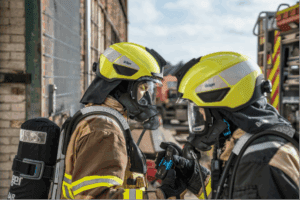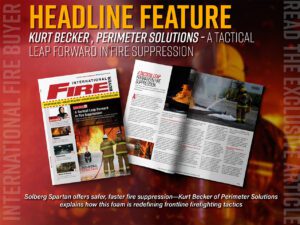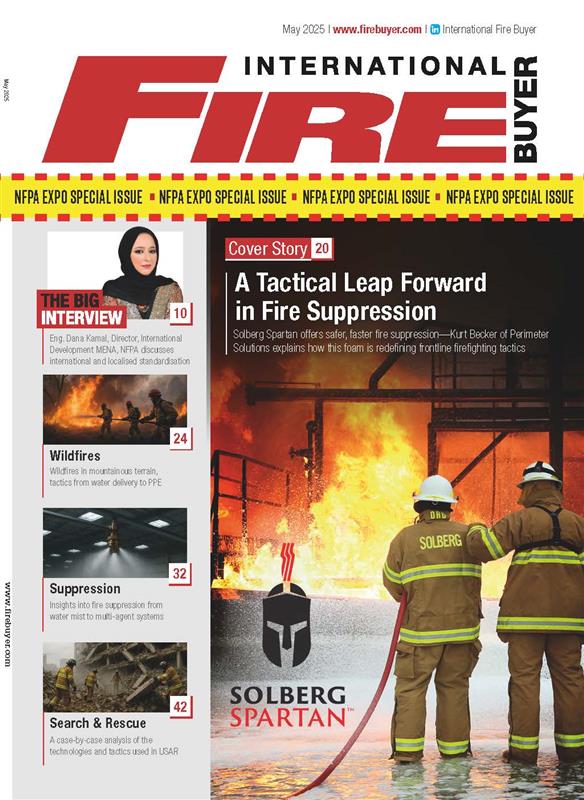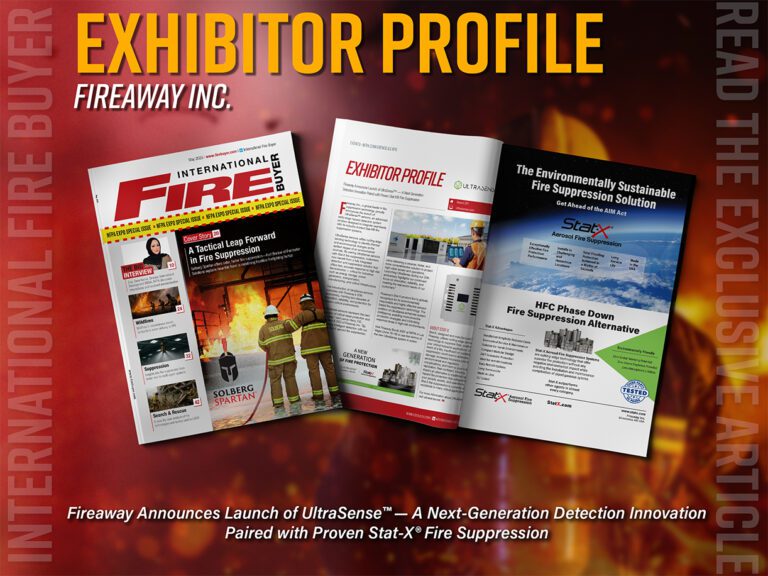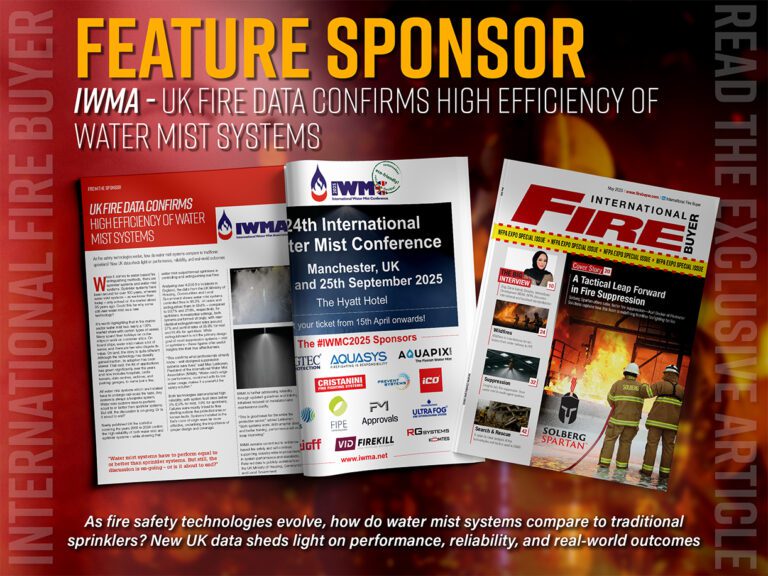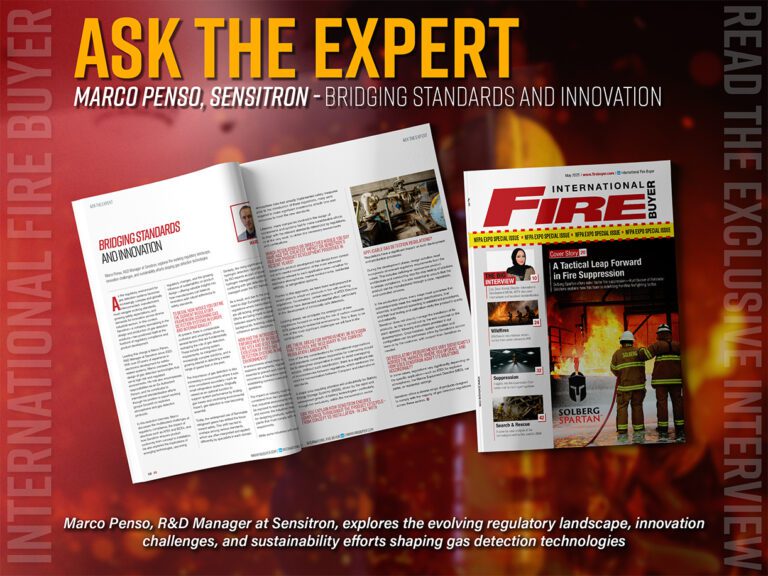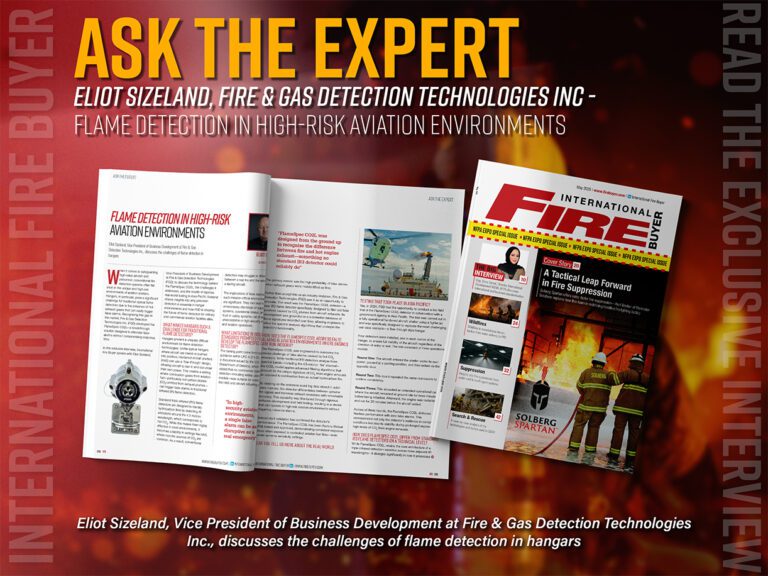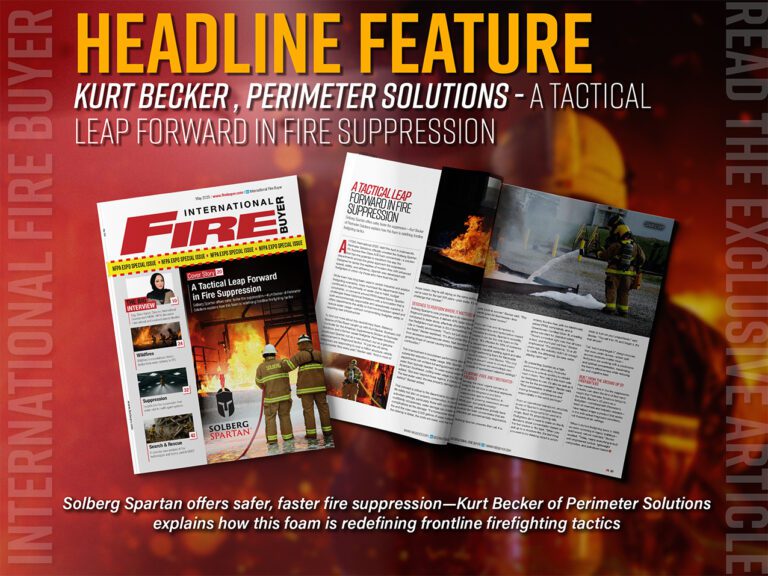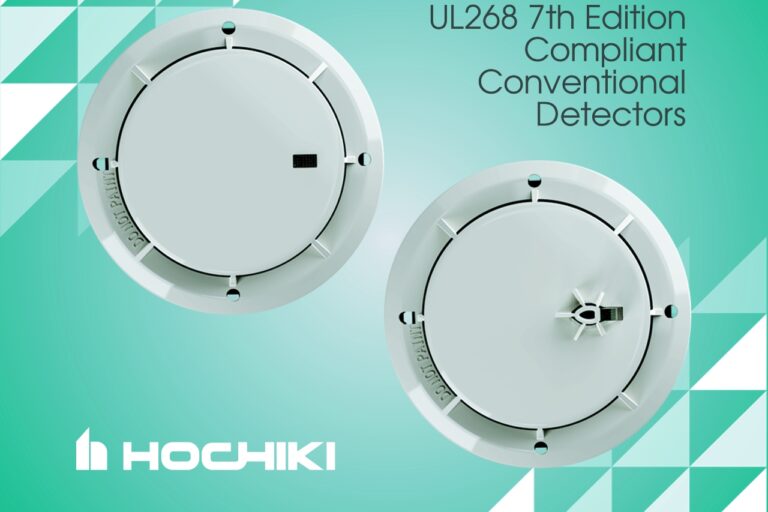Fire Buyer Editor Louis Curtis investigates how ventilation technology ensures healthy and safe airflow in large buildings, especially those in the Middle East
Healthy airflow is both a blessing and a curse for fire safety engineers, especially in larger buildings. Maintaining a good circulation of air is integral for inhabitants, as breathing in recycled air has plenty of immediate health complications. Additionally, higher concentrations of CO2 in the air as a result of human exhalation increases the temperature in rooms, which is one of the conditions required for fires to take shape. No airflow in the building can also produce a snowballing “greenhouse effect” which can fuel any potential or ongoing fires, which in turn makes the immediate more inhospitable to any denizens.
The double-edged sword component comes when too much healthy airflow has complications of its own. In areas with hazardous materials, such as in power plants or chemical processing facilities, a leak could contaminate not only the immediate area, but with strong enough airflow, could spread of its own volition through to uncompromised areas of the facility. Even in buildings that don’t handle sensitive material are at risk – in residential areas and critical infrastructure facilities, the fire itself is often not the leading cause of lost lives. Damaged property, sure, but this can always be replaced; lives cannot. Smoke is often the leading cause of fatalities – offering smoke a medium in which to freely travel through the building can take a containable outbreak into an uncontrollable one very fast. So it is imperative for facility managers to be able to control airflow through a building and shut it off where needs must; the systems themselves must also be resistant to fire damage – and in an ideal scenario, able to shut themselves off at the first detection of smoke.
These risks are especially pertinent when it comes to Middle Eastern facilities, as hot and arid climates can wreak havoc should a fire occur. These regional factors have led to ventilation and airflow systems to make up a large part of a building’s structure. This is further exacerbated by climate change: World Bank estimates for 2050 have hypothesised that the demand for air conditioning units will rise to five billion; that’s a threefold increase to current numbers. Not only that, but current statistics show that air conditioning and ventilation units in the United Arab Emirates comprise a staggering 70% of power consumption. With numbers this high, we can assume that ventilation units across the Middle East are perpetually running. If this is to be the case, then safety measures are an imperative.
Monjur Mourshed, Professor of Sustainable Engineering at Cardiff University, had this to say about the unfolding situation: “The demand for cooling will go up, not just because of increasing temperature, but because we haven’t built to house all the projected population growth and economic activities in the developing world. And the way we have been building in the developing world, I don’t necessarily think they are very sustainable.”
To read the rest of this feature, see our latest issue here.
Never miss a story… Follow us on:
International Fire Buyer
@Firebuyer
Fire Buyer
Media Contact
Louis Curtis
Editor, International Fire Buyer
Tel: +44 (0) 1622 823 922
Email: [email protected]



